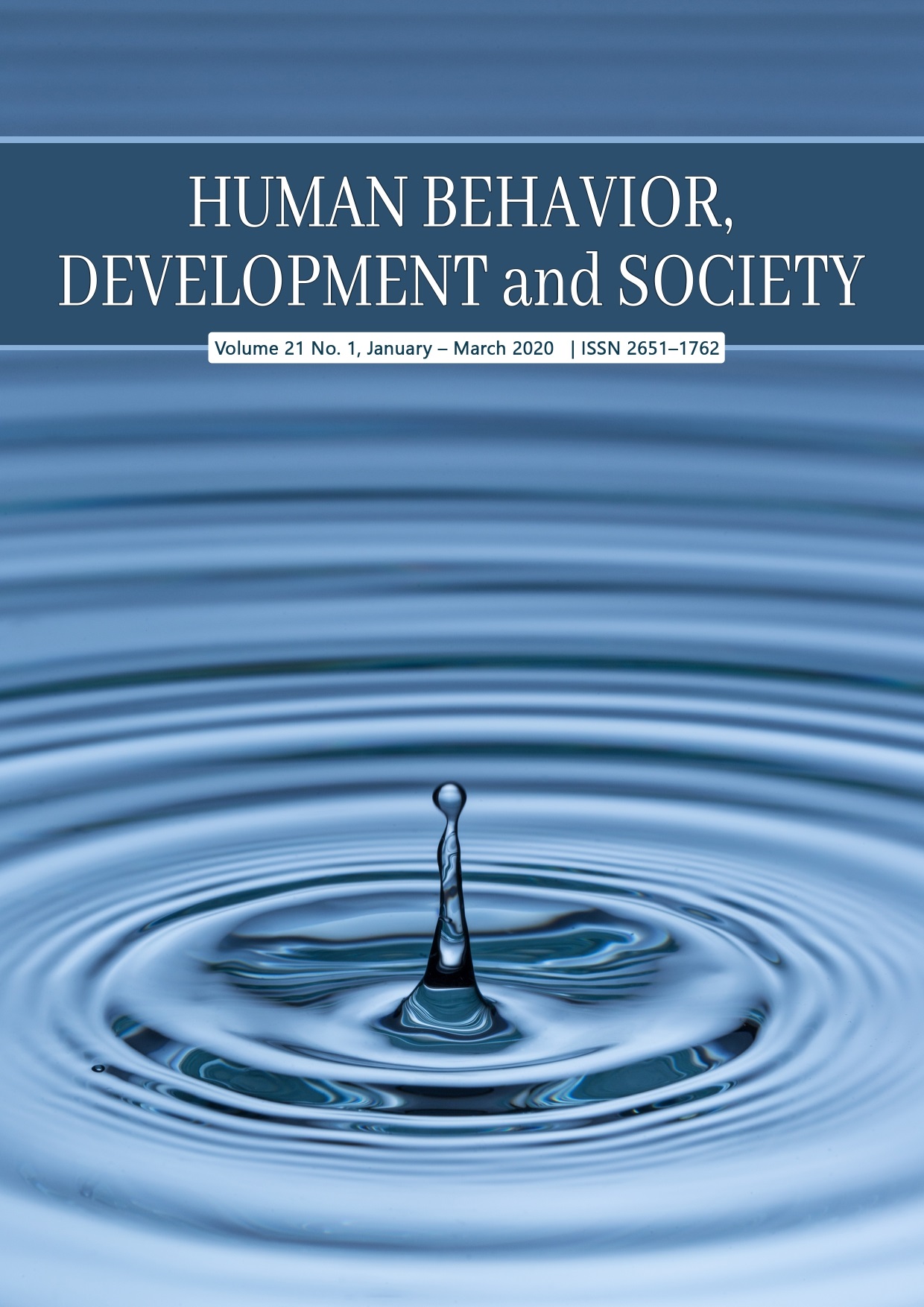Consumption Patterns of Dormitory Students in a Private University
Main Article Content
Abstract
In this study the consumption patterns of dormitory students in a private university in Indonesia was investigated. The study covered both food and non-food consumption patterns based on gender, years of study, and type of dormitory. The research instrument was an adapted and modified questionnaire administered through a convenience sampling technique to students (N = 441) from seven dormitories. A t-test and one-way ANOVA along with Tukey’s Test were used to analyze the data. It was found that female students generally displayed a higher consumption pattern than males, with non-food items being higher than food consumption for both groups. Expenditure on sports was an exception, with males spending more than females. It was concluded that female students had a greater number of needs to satisfy. Generally, those students who lived in cheaper dormitories tended to spend less than those in the more expensive ones. Senior students tended to spend more on food and less on non-food items than other cohorts. Student needs were unique and varied, especially for non-food consumption items.
Article Details

This work is licensed under a Creative Commons Attribution-NonCommercial-NoDerivatives 4.0 International License.
Copyright: Asia-Pacific International University reserve exclusive rights to publish, reproduce and distribute the manuscript and all contents therein.
References
Bona, J. (2017). Spending behavior among college students. Science International, 29(4), 749–752. Retrieved from https://www.sci-int.com/pdf/636367905598414204.pdf
Cerar, K., Kondrič, M., Ochiana, N., & Sindik, J. (2017). Exercise participation motives and engaging in sports activity among University of Ljubljana students. Open Access Macedonian Journal of Medical Sciences, 5(6), 794–799. doi:10.3889/oamjms.2017.159
Cosmas, S. (1982). Life styles and consumption patterns. Journal of Consumer Research, 8(4), 453–455. doi: 10.1086/208886
Galer, S. (2012, August 17). New study finds consumption measures poverty better than income. Uchicago News. Retrieved from https://news.uchicago.edu/story/new-study-finds-consumption-measures-poverty-better-income
Jeevitha, P. & Priya, R. (2019). A study on saving and spending habits of college students with reference to Coimbatore city. International Journal of Research and Analytical Reviews, 6(1), 463–466.
Julian. (2016). Pola komsumsi mahasiswa indekos di Universitas Lampung [The consumption pattern of Lampung University students who rent off-campus accommodations] (Bachelor research paper, Skripsi, Universitas Lampung). Retrieved from https://digilib.unila.ac.id/24791/2/SKRIPSI%20TANPA% 20BAB%20PEMBAHASAN.pdf
Kim, H. & Kim, J. (2005). Food habits and nutrition knowledge of college students residing in the dormitory in Ulsan area. Journal of the Korean Society of Food Science and Nutrition, 34(9), 1388–1397. doi:10. 3746/jkfn.2005.34.9.1388
Maxey, E., Fenske, R., & Boyd, J. (1979). Spending patterns of college students who receive monetary awards from a state scholarship commission. The Journal of Student Financial Aid, 9(1), 23-32. Retrieved from https://files.eric.ed.gov/fulltext/EJ198253.pdf
Mulyani, S. (2015). Pola konsumsi non makanan mahasiswa program studi pendidikan ekonomi fakultas ekonomi Universitas Negeri Yogyakarta [The pattern of non-food consumption of students from Faculty of Economics Yogyakarta State University] (Bachelor research paper, Skripsi. Universitas Negeri Yogyakarta). Retrieved from https://eprints.uny.ac.id/27768/1/SKRIPSI.%20pdf.pdf
Nieburg, O. (2013). Women bigger snackers than men, finds NPD Group. Retrieved from https://www. bakeryandsnacks.com/Article/2013/05/17/Women-snack-more-than-men-NPD-Group-research
Rifqi, M. (2015). Nobel ekonomi 2015: Pola konsumsi dan tingkat kesejahteraan [A 2015 Nobel economy: Consumption patterns and welfare levels]. Majalah 1000 Guru, 11. Retrieved from https://majalah 1000guru.net/2015/11/pola-konsumsi/
Robbins, S., & Judge, T. (2013). Organizational behavior (15th ed.). US: Pearson.
Saufika, A., Retnaningsih, A., & Alfiasari, A. (2012). Gaya hidup dan kebiasaan makan mahasiswa [Student lifestyle and eating habits]. Jurnal Ilmu Keluarga & Konsumen, 5(2), 157–165. doi: 10.24156/ jikk.2012.5.2.157
Tama, R. (2014). Pengeluaran konsumsi mahasiswa program studi pendidikan ekonomi fakultas ekonomi Universitas Negeri Yogyakarta [Consumption expenditure of students in the economics education study program, Faculty of Economics, Yogyakarta State University] (Bachelor research paper, Skripsi. Universitas Negeri Yogyakarta). Retrieved from https://eprints.uny.ac.id/16813/1/skripsi%20full.pdf
Tyagi, P., & Ranga, B. (2017). Variation in spending patterns: Preliminary findings of a study of three generations. Indian Journal of Health and Well-being, 8(10), 1144–1146.
Villanueva, S. (2017). An analysis of the factors affecting the spending and saving habits of college students. Economics Student Theses and Capstone Projects, 36. Retrieved from https://creativematter. skidmore.edu/econ_studt_schol/36/?utm_source=creativematter.skidmore.edu/econ_studt_schol/36&utm_medium=PDF&utm_campaign=PDFCoverPages
Wurangian, F., Engka, D., & Sumual, J. (2015). Analisis pola konsumsi mahasiswa fakultas ekonomi & bisnis Universitas Sam Ratulangi yang kost di Kota Manado [Analysis of consumption patterns of Sam Ratulangi University Faculty of Economics and Business students who rent off-campus apartments in the city of Manado]. Jurnal Berkala Ilmiah Efisiensi (e-Journal Berkala Ilmiah Efisiensi), 15(2), 74–87. Retrieved from https://ejournal.unsrat.ac.id/index.php/jbie/article/view/7658/7224
YouGov (2015). Kebiasaan konsumsi cemilan orang Asia [Snack consumption habits of Asians]. Retrieved from https://id.yougov.com/id/news/2015/04/28/kebiasaan-konsumsi-cemilan-asia/


